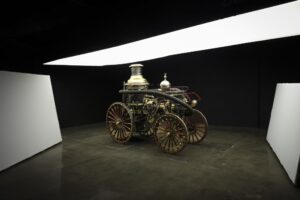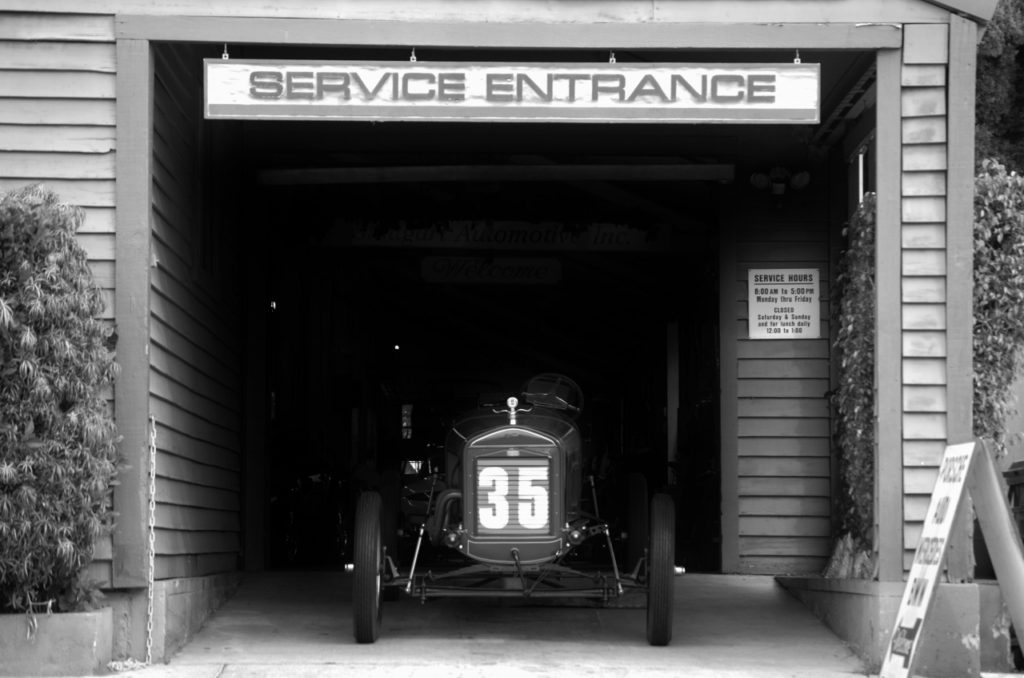
If we take a trip back to the early 1900s during the advent of the automobile, you will discover that they are all relatively ubiquitous in shape, style, and in operational difficulty. In reality, the earliest automobiles scarcely offered improvements over the use of horses and carriages. Nevertheless, they persisted because those who could afford to use cars inevitably promoted them as fashionable, new-age transportation, making them desirable to the lower castes.
As the masses began aspiring to own automobiles, manufacturers found ways to eliminate those early difficulties. As companies started seeing more substantial profits, they were able to begin composing newer models that were more affordable, thereby broadening their consumer base. These once primal cars slowly but surely became tamer, friendlier to use frequently, and for a prolonged duration. Naturally, improvements in reliability diminished the necessity for spare mechanical parts to be kept on hand during trips. So motorists could rely less on their skills as a field mechanic if something went awry.
As consumer demand continued to flourish, the market accordingly grew to accommodate enterprising young ventures eager to fulfill these needs. Soon vehicles were increasingly becoming commercially available, personalizable, and consumable thanks to a substantial amount of producers. This free-market supplied each company a chance to engineer revolutionary equipment that would maybe provide themselves with an edge over their competition. Amidst tremendous development taking place, the widespread struggle felt by these establishments was that of a fertile but unforgiving environment. Those who could not innovate, adapt, or sell swiftly enough to meet these ever-changing consumer demands failed fast. However, those that could found buyers flocking to purchase their vehicles and the cleverest of rivals immediately copied any inventions.
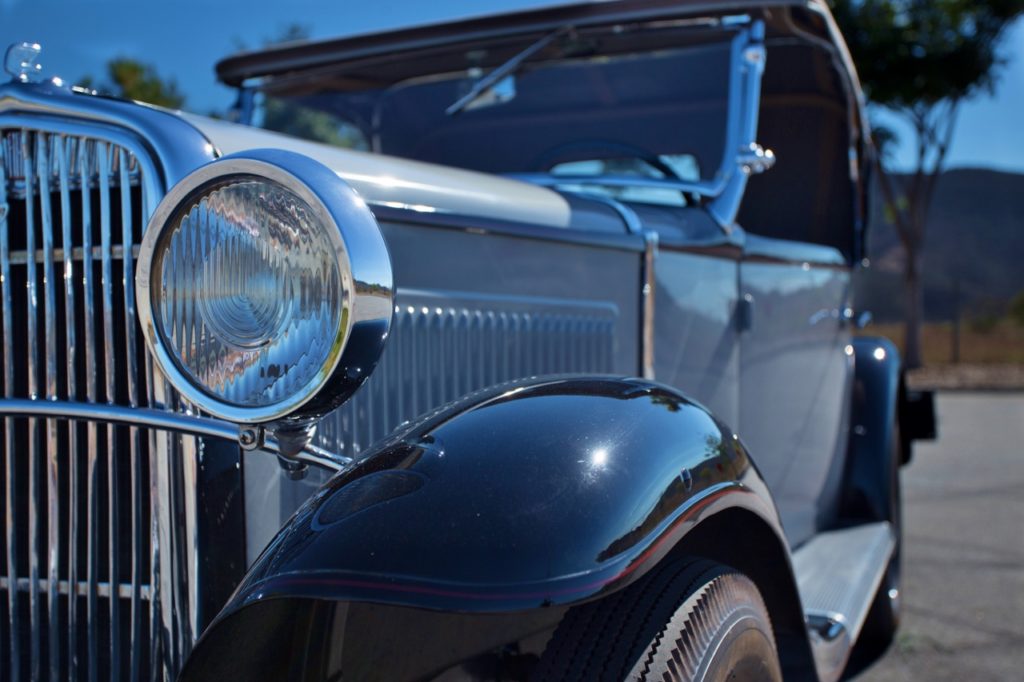
For instance, in 1912, Cadillac introduced the electric ignition starter (GM’s first electric motor). Instead of exposing themselves to the weather elements to crank start their Caddy, operators could fire up their engines from the comfort of the cabin. Soon after, the electric starter gained acceptance and usage throughout all upcoming automobiles. This shortly eradicated the number one cause of automotive accidents in those days – hand-cranking mishaps. The self-starter stands out as one of the most prolific examples of technology bettering lives through performance and safety. Little to no one would clamor enthusiastically for a brand-new car that required you to perform intense, dangerous physical labor to start it at any time. As aforementioned, this took place in 1912, the ground-breaking creations only started rolling out quickly from there.
In the 1940s the first example of an automatic transmission (Hydra-Matic) became available in Oldsmobile models. Soon after the release, almost any new Cadillac could be found with an automatic transmission. Although loathed by modern manual transmission lovers, the automatic transmission vastly improved these heavy machines by removing a bit of the physical involvement necessary to move them. With that human factor eliminated, transmission operation life improved and users who were not as proficient or motivated to be perfect shifters vicariously matured into better motorists. In many ways, the automatic was the first act of artificial intelligence being brought into an auto. Not long after, in 1958, another form of rudimentary A.I. could be found inside brand-new Chrysler models when cruise control was provided as an option. In only two years, Cadillac touted their own version.
Coinciding with the introduction of cruise control during the 1950s, was yet another example of how we have long been pushing for drivers aids and the integration of artificial intelligence. During the fifties, General Motors toured the country with Motorama, a glamorous, multi-day event that showcased current models and future concepts. Like Disneyland’s Tomorrowland, Motorama allowed guest to fantasize about a future free of their current driving burdens. At Motorama in 1956, GM tantalized guests with a glimpse of this utopia by showcasing the sporty Firebird II concept. It was a self-driving, four-passenger sports car that appeared closer akin to an F-80 Shooting Star than suburban transportation; crowds were enamored. The Firebird II promised shoppers that in the days of tomorrow they could have their sports cars and practicality.
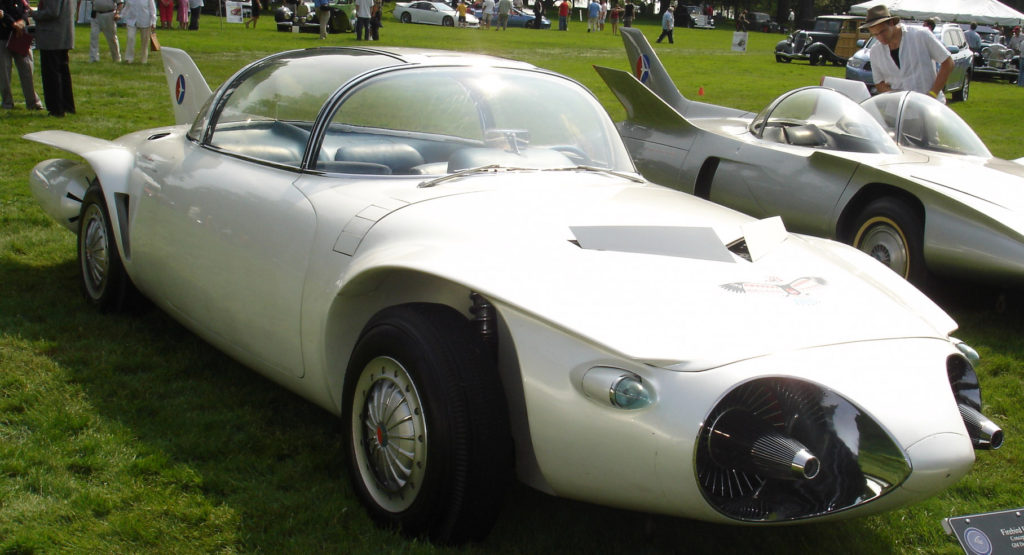
Unfortunately, the Firebird II, with its idyllic self-driving computer guidance system and futuristic electronics, would never enter into our stratosphere to change the world. Nevertheless, the public relished the idea of an age when they could be unfettered from forced interactions with automotive appliances. Coinciding, with the onset of the 1960s, the space race began to draw these computer engineering aspects of the Firebird-future closer to us. Then in 1967, Volkswagen’s Type 3 1600TL/E brought us the first use of a computer system in a car with electronic fuel injection.
As the world spun into the 1970s, computers readily began to find their way into autos. Independent fuel management systems, ignition systems, and lighting management were the primordial forerunners of our modern electronic control system compatriots. Ten years of progress delivered the available applications of automatic braking systems (ABS), traction control, and safety restraint systems (SRS) during the 1980s. Corporations and consumers alike acknowledged that few cared to perfect their driving capabilities, but with computer assistance, the margin of error between those seeking a professional pursuit and merely a complicit tolerance could be moderated.
As shown, automotive engineers responding to consumer demands for increased levels of performance and safety have long-built their empires upon cutting-edge technology. Contemporary distance measuring systems, stability systems, and engine management have only worked well to narrow the gap between those extra and ordinary operators. Ultimately, it has been leading us to the cusp of an entirely artificial intelligent replacement of the driver. This future is a sobering, horrifying prospect for those of us that often resort to platitudes praising the manual transmission and deactivation of traction control at local track days. However, roughly 40,000 automotive-related deaths a year, mostly due to driver error, is a difficult metric to contend against. So perhaps autonomous systems need to arrive to save us from ourselves?

So while the blissful feeling of a Sunday canyon drive in an analog auto rings the bell of harmony to many of our ears, could we have an amicable future with self-driving programs? History has categorically demonstrated that we have benevolently benefitted from technological advancements in driver aids. From simple mechanical components to keep us out of the elements to complex computer systems providing higher performance possibilities with safer operation limits, we genuinely build them better than we used to. Furthermore, companies have long since strived always to produce serotonin surging specials alongside their profit providing base (think BMW M, Corvette, Mustang). Even today there is no shortage of impressive performance variants from nearly every manufacturer with more releases on the horizon – all aimed at making us smile.
By similar comparison, consider that the wristwatch industry thrives today with both mechanical watches and smartwatches living in relative equanimity. The mechanical sector offers a wide selection of watches catering to all price points and desires for those collectors who enjoy the bygone eras. Threaded together with cars we enthusiasts share not only a love for our antiquated mechanical devices but also the historical trajectory of us furthering their replacement. Generational changes in the market’s demand alone gradually pushed out methods or designs that were uncompetitive, unessential, or too challenging.
Moreover, in the car community, this substitution of the operator for computerization has fostered strong, divisive opinions about the future of the automobile. However, is this apprehension warranted? Are tech-laden cars indeed the harbingers of the enthusiast’s demise? Are they genuinely the manual transmission killers, the decline of the aesthetically unique automobile, the cease-and-desist letter of driver involvement. If that is true, then we all have been fervently working to foster its development since the birth of the motorcar. And in many cases sincerely enjoying the technology that arose from it.
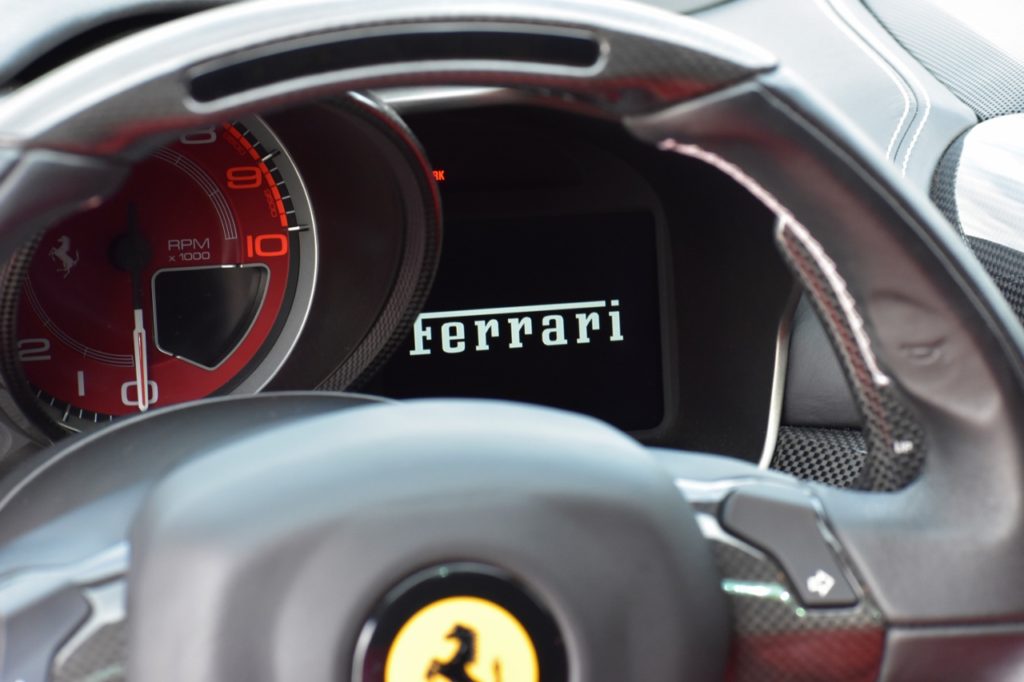
Present-day technology and styling tears a rift between the desires of the masses and analog-adoring supporters with self-driving automobiles looming just outside the ring – waiting to be tapped in. Yet in the wristwatch community, collectors who prefer the old-fashioned alternatives to the current smartwatch offerings still have options. Those manufacturers have indeed scaled appropriately to the market requirements, but they are still producing user-involved products without Bluetooth. Simply put, self-driving vehicles may be a death mark not for enthusiasts but the apathetic automobilist. The introduction of A.I. could become a breaking point finally allowing companies to more freely separate their focus to either hobbyist’s desires or consumable transportation – at that point, we could all win.
Christopher Fussner is the Editor-in-Chief here at WOB Cars and MotoringHistory.com. He writes at his home in Los Angeles, manages a car collection, has a genuine passion for cars and racing, a love of Star Wars, and his favorite dinosaur is Carnotaurus. Did we just become best friends?



